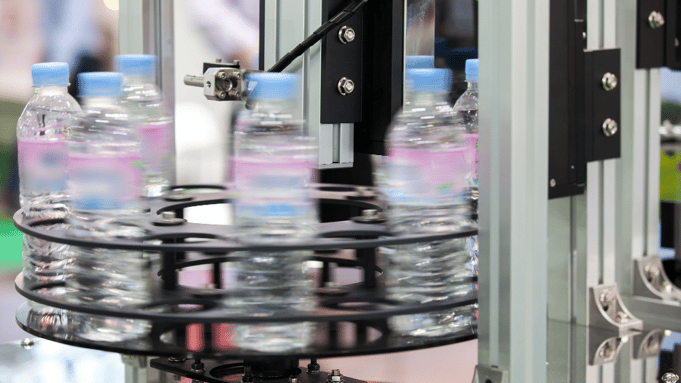Optimizing efficiency levels isn’t always possible with a traditional labelling machine. You can save valuable time and streamline production processes by exchanging it for a modern, automated machine. Additionally, it can greatly improve your product’s visual appeal and minimize label material waste. If you’ve ever used a traditional labelling machine, you know that it requires frequent label roll changeovers and wastepaper removal. Productivity is a challenge, with the manual work often leading to a 10-15 per cent productivity loss and making shorter runs less efficient.
One solution for improving productivity is with a fully automated 4-head labelling machine. A main benefit of this type of machine is its label splicing unit, which enables label roll joining without stopping the machine. However, it can help improve efficiency in several ways.
Features of a four-head labelling machine
The four heads can be configurated and programmed to operate concurrently or independently from one another for:
- Single label application (Front)
- Double label application (Front-Back)
- Three-label application (Front, Back, and Shoulder/Neck)
- Four-label application (Front, Back, Shoulder/Neck, and Foot)
There are three distinct advantages that the flexibility of the machine offers:
1. Improves productivity and efficiency
Because the machine heads can be designed to work independently, the machine can run continuously. An automatic switchover to other labelling heads occurs once a label roll is empty. This allows the machine operator to load a new roll without turning off the machine, preparing it for the next operation cycle.
Read more: How defect detection systems enhance label quality
2. Simplifies short-run production
The machine can still run non-stop if you only need to label a small batch. When the required number of products are labelled, the machine can be programmed to switch to another labelling head automatically. The transition can happen at any time without following a particular order.
When using a traditional machine, roll changeovers must be performed multiple times during short-run batch cycles, leading to a significant loss of production time and prolonged lead time.
3. Applies multiple labels at once
The machine can also be programmed to apply up to four different types of labels at once. As a brand owner, this function provides a wide range of labelling possibilities without increasing the time required to label your products.
Read more: 3 approaches to brand consistency for brand owners
If you'd like to learn more about how to streamline production processes with an automated labelling machine, please contact us – our team at Skanem Africa is ready to assist you.




